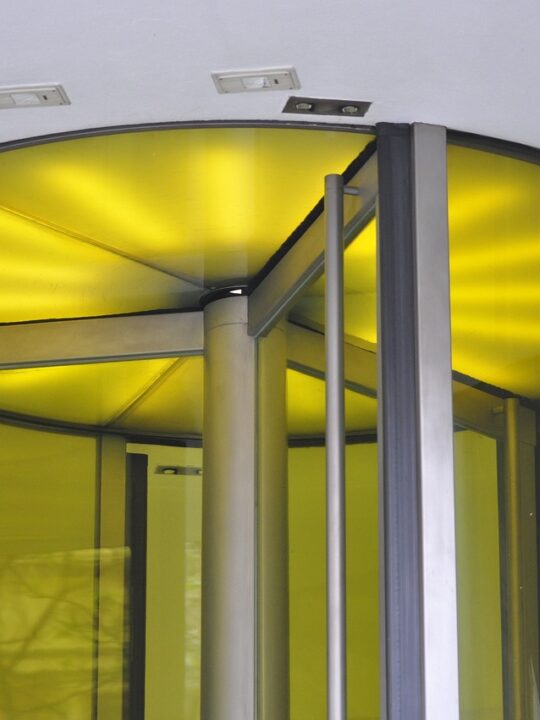What metal do you feel is most classic and timeless when it comes to jewelry? If you said gold, you’re not alone. Gold is still the top metal that women and men prefer in their jewelry.
However, you can choose more than one type of gold for your jewelry collection. Did you know that rose gold has been a top preference for millennial jewelry buyers?
Here’s a quick guide to rose gold history: what it is, where it’s from, and how it became such a popular style to wear today.
Table of Contents
Origins of Rose Gold
Rose gold, also known as ‘Russian gold,’ originated in 19th-century Russia. Gold was mixed with copper during the alloying process to achieve the rose-pink hue. Soon Russian gold, or pink gold, was an established metal alloy used in jewelry and decorative items.
As the 1900s arrived, rose gold increased in popularity and was often used to manufacture pocket watches and fine jewelry. Rose gold was ideal for such items due to its hardwearing properties.
Over the years, it became popular, as colorfully illustrated by its presence in some of the iconic Art Deco jewelry of the roaring twenties.
Victorian Era
During the Victorian era in England in the 1800s, rose gold jewelry was very popular with the upper class. It became popular because it was a softer color than white or yellow gold and also because it was less expensive.
During this time, the British empire took over India and other parts of the world. This helped bring exotic metals like zinc and copper to Europe, which were used to mix with gold to make rose gold. Jewelers made delicate rose gold chains and intricate earrings with filigree for their wealthy customers to wear.
Art Nouveau
Rose gold was a popular medium during the art nouveau movement in the late 19th century. Its use in jewelry and other forms of decorative art, allowing people to express themselves in a way that hadn’t previously been possible.
The style of Art Nouveau focused on organic curves and highly decorative motifs. These designs were often crafted with intricate rose gold detailing, combining subtle sophistication with luxurious elements.
Not only did rose gold embody the whimsy and fluidity of the movement, but also its romanticism and elegance.
Rose gold Art Nouveau designs can still be seen today as reminders of the vibrant spirit of the period. Its use in modern fashion often adds a timeless beauty that makes it clear why rose gold was so popular.
Art Deco Era
The Art Deco era was a revolutionary period when we saw a rise in creative design and modern styles. The 1920s and 30s ushered in a wave of new trends in art, architecture, fashion, and jewelry.
Rose gold was a popular choice during this period, especially in jewelry. It had been around since antiquity but rose gold’s bold, exotic look spoke to the theme of luxury and modernity during the Art Deco era.
Rose gold was mainly used to complement the period’s geometric shapes and to accentuate natural lines. In addition, it tended to be used to create more intricate and complex designs.
Mid-20th Century and Beyond
Rose gold gained prominence in the mid-20th century, quickly becoming popular for creating jewelry and other fine accessories. Its pinkish hue made it a popular choice among women.
As the mid-20th century approached, rose gold found its way into high fashion circles and was used to craft remarkable pieces of art, ranging from rose gold necklaces to sculptural decorative pieces. Since then, rose gold has experienced tremendous growth in its popularity, and today, it is an excellent choice for accessories in many walks of life.
Contemporary Uses and Trends
Rose gold has seen a sharp resurgence in contemporary uses and trends in recent years due to its flattering, warm color. In the 21st century, rose gold has been an especially popular choice for jewelry, accessories, and interior design elements like fixtures, kitchen appliances, and furniture.
Popular consumer electronics in rose gold include cell phones, laptops, and tablets. From an aesthetic perspective, rose gold works well with warm and cool-toned colors, making it a versatile choice for various settings.
Rose gold’s warm hue and timeless appeal will stand the test of time, whether used for decorative or functional purposes.
Rose Gold in Architecture and Design
Rose Gold is a luxurious and timeless metal that has been used in architecture and design for hundreds of years. With its unique hue and finish, it is no surprise that this precious metal has been sought after for centuries.
Rose gold has been featured in ancient Jewish synagogues, Chinese temples, and Persian palaces. This metal also made its way into the opulent baroque designs of European aristocrats during the 17th and 18th centuries.
The use of Rose Gold has remained prominent even in more modern designs. It is a popular choice amongst art deco furniture and jewelry, as well as exquisite accent pieces in home décor such as lamps, mirrors, and clocks.
Rose Gold’s combination of beauty and durability has made it a timeless classic, offering elegance and extravagance that is hard to match.
Future of Rose Gold
In the future, we will likely continue to see rose gold being used in these areas. As our society continues to focus on sustainability, eco-friendly materials such as rose gold may become even more prominent as an alternative to traditional materials such as stainless steel and silver.
Companies are creating products that are aesthetically pleasing yet environmentally friendly, so we will even see more options when styling gold jewelry, watches, and tech devices. Furthermore, as more people focus on conscious consumption, rose gold may become an ethical choice for many buyers.
Find the Perfect Rose Gold Piece
Rose gold is a unique and stylish color used to create stunning jewelry and fashion for centuries. It is timeless, making it a perfect option when styling an outfit.
From modern designs to classic pieces, rose gold can become the perfect addition to any wardrobe. Visit your local store today to find the perfect rose gold piece!
We hope you found this article helpful. If you did, check out our blog for more valuable information.







